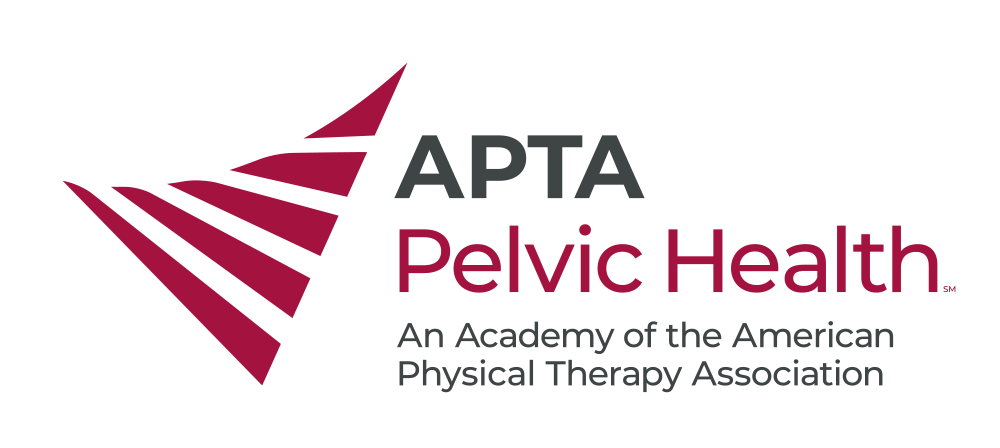Pelvic health physical therapy offers a wide range of benefits for individuals of all ages and genders dealing with various pelvic floor disorders. This physical therapy specialty focuses on strengthening and rehabilitating the pelvic floor muscles, which can lead to improved bladder and bowel contr Continue Reading
Patient Education
Articles, handouts, and infographics to help increase awareness about PT.
For Physical Therapy Professionals: Have you created public awareness materials or educational handouts for your patients? Consider donating your material to the Academy of Pelvic Health Physical Therapy's repository of patient education resources.
Contribute to our growing Patient Education Library! Have you created public awareness materials or educational handouts for your patients? Consider donating or contributing handouts, infographics, videos, and images! All submissions are reviewed and revised by the Health & Wellness Committee. The materials we seek must promote the role of pelvic health physical therapy providers or the benefits of pelvic health physical therapy to patients and other healthcare providers.
Discover the untold struggles of postpartum life as we break the silence on urinary incontinence, and learn how pelvic physical therapy can help new moms reclaim their confidence and quality of life. Continue Reading
In a recent NBC News Story, the author highlighted Brittany Mahomes, wife of Kansas City Chiefs quarterback Patrick Mahomes who brought attention to a crucial yet often overlooked aspect of women's health: pelvic floor care. Continue Reading
Have you ever heard of a headache in the pelvis? Better known as chronic pelvic pain (CPP), this can be a debilitating condition that affects nearly a quarter of women in their lifetime. Continue Reading
This webinar provides a brief introduction to lipedema, basic pathophysiology, differential diagnosis, current treatment tools, interventions and define research futures, needs and gaps. This webinar is specifically designed for the provider who wants to expand their knowledge, differential diagnost Continue Reading
What do Physical Therapists and Physical Therapist Assistants do? What types of conditions do pelvic health physical therapists treat? Where do pelvic health physical therapists practice? Continue Reading
Vaginal dryness is a common symptom typically resulting from reduced estrogen levels. It can occur during postpartum with breastfeeding, during perimenopause, and after menopause - whether natural or induced from surgery, chemotherapy, and/or radiation. Continue Reading
The pelvic brace is an isolated tightening of the abdominal muscle called the Transverse Abdominus (TrA). The TrA is a deep muscle in the lower belly. It is important because it stabilizes and supports your body’s trunk, or “core”. Continue Reading
When having a bowel movement, it is helpful to position yourself on the toilet so that poop can leave easily. Typically, sitting using a footstool (a supported or seated squat position) is best, but it varies for different people. Continue Reading
Pain in the anus or rectum is often called rectal pain. There are different types of rectal pain. Functional rectal pain syndromes are caused by spasms of the muscle around the rectum. This muscle is called the levator ani muscle. Continue Reading
Multiple Sclerosis (MS) is an autoimmune inflammatory disease where the immune system causes demyelination of the central nervous system. MS is x 3 more common in women and is usually diagnosed between the ages of 20-50 years old. Continue Reading
Urinary urgency happens when the bladder squeezes when it is not supposed to. This can cause urine leakage or urge urinary incontinence. Urgency can occur for many reasons... Continue Reading
